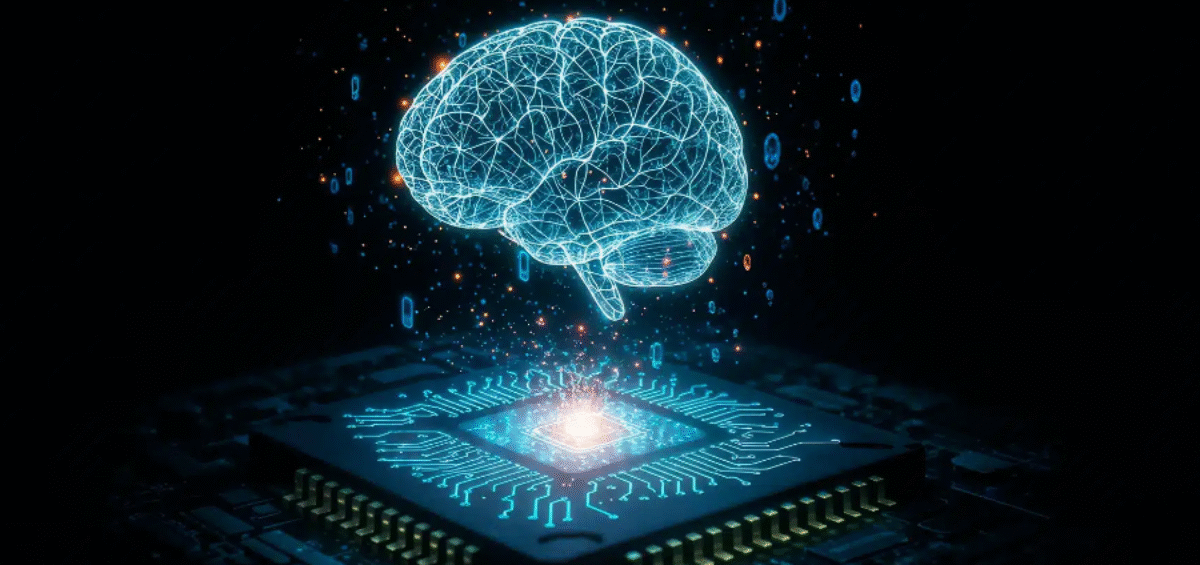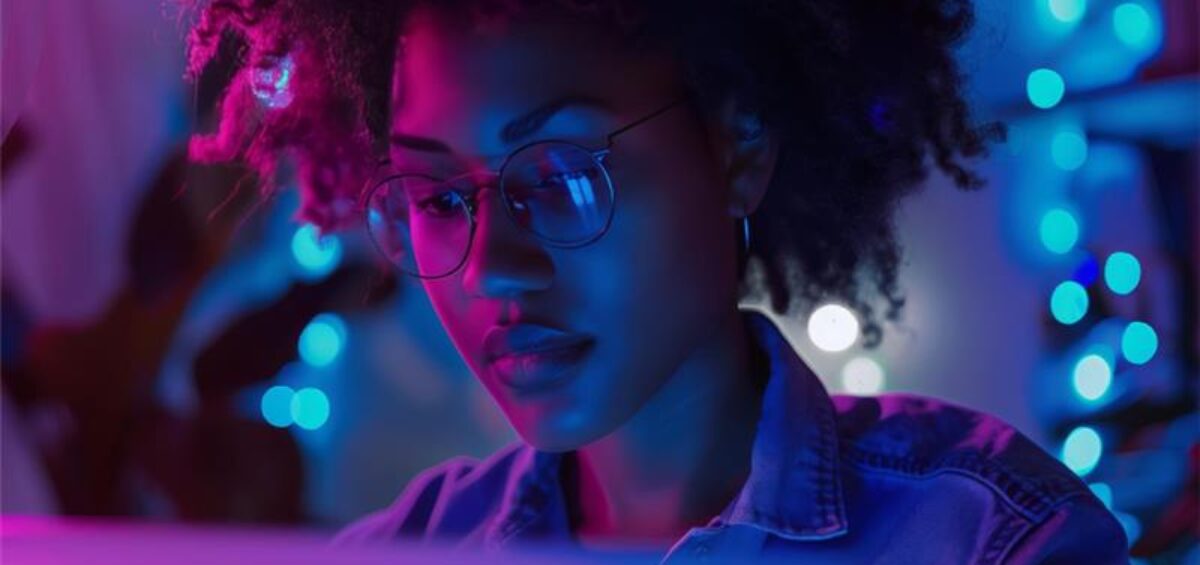IT leaders are caught in a bind. Demand for digital transformation is accelerating while access to technical talent is contracting. Budgets are under scrutiny. Timelines are compressing. And recent policy shifts have made that tension impossible to ignore.
ConsultNet Blog
AI is changing the game. Not by replacing people outright, but by transforming how teams operate, what skill sets you need, and how you should approach hiring.
Artificial intelligence is no longer a future concern in hiring. It is here, shaping how resumes are written, how interviews unfold, and even how identities are presented. While these tools can make the hiring process faster and more efficient, they also introduce new risks that background screening must now address.
In today’s highly competitive market for IT talent, simply filling open positions is no longer sufficient. The tech industry, rich with opportunities, makes it easy for top talent to find new roles if their current employer isn’t actively investing in retention efforts. This reality emphasizes the need for companies to go beyond recruitment, focusing instead on creating an environment where employees feel valued and motivated to stay.
As we stride into 2025, it’s impossible to ignore a glaring imbalance in the artificial intelligence (AI) workforce. Currently, a staggering 71% of the AI workforce is male, leaving just 29% of these critical roles filled by women. This disparity doesn’t just reflect a diversity issue; it’s a missed opportunity to leverage diverse perspectives and talents in shaping the future of AI.
In recent years, advances in artificial intelligence (AI) have heralded a transformative era for the workplace, promising increased efficiency, innovation, and productivity. Yet, this rapid technological evolution is not without its challenges. One of the most pressing issues is the growing gap in both technical and soft skills among the workforce, a hurdle that businesses must overcome to fully leverage AI’s potential.






